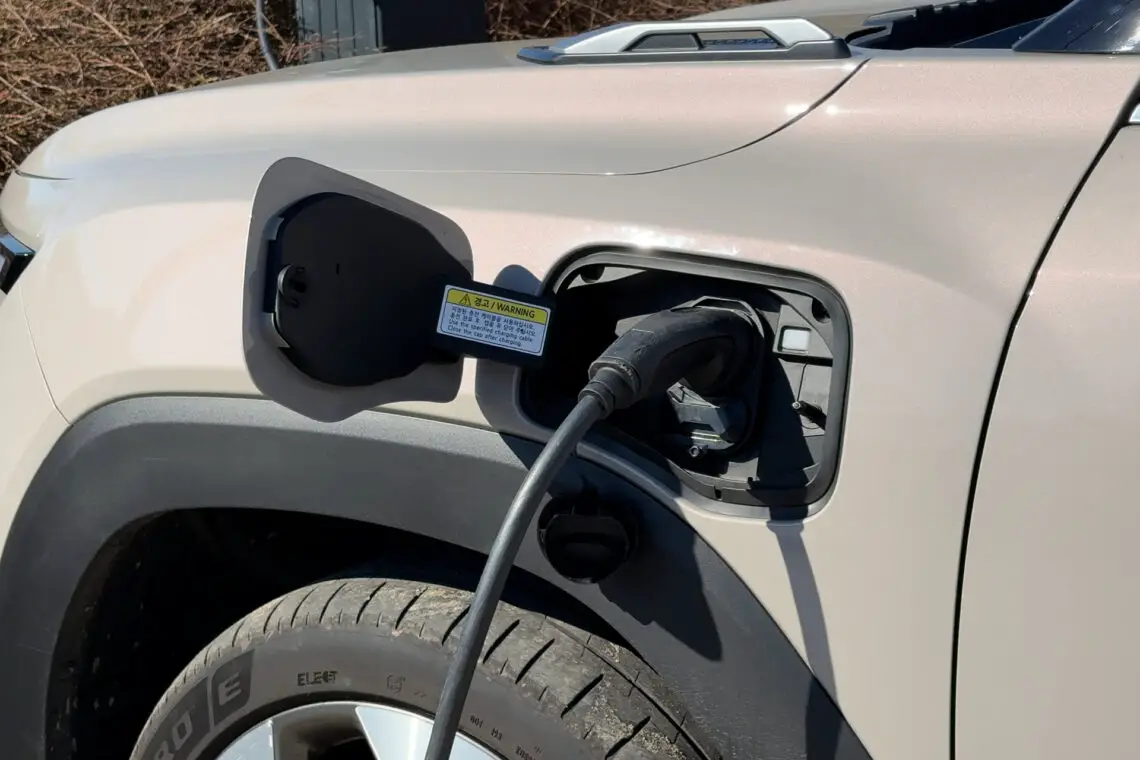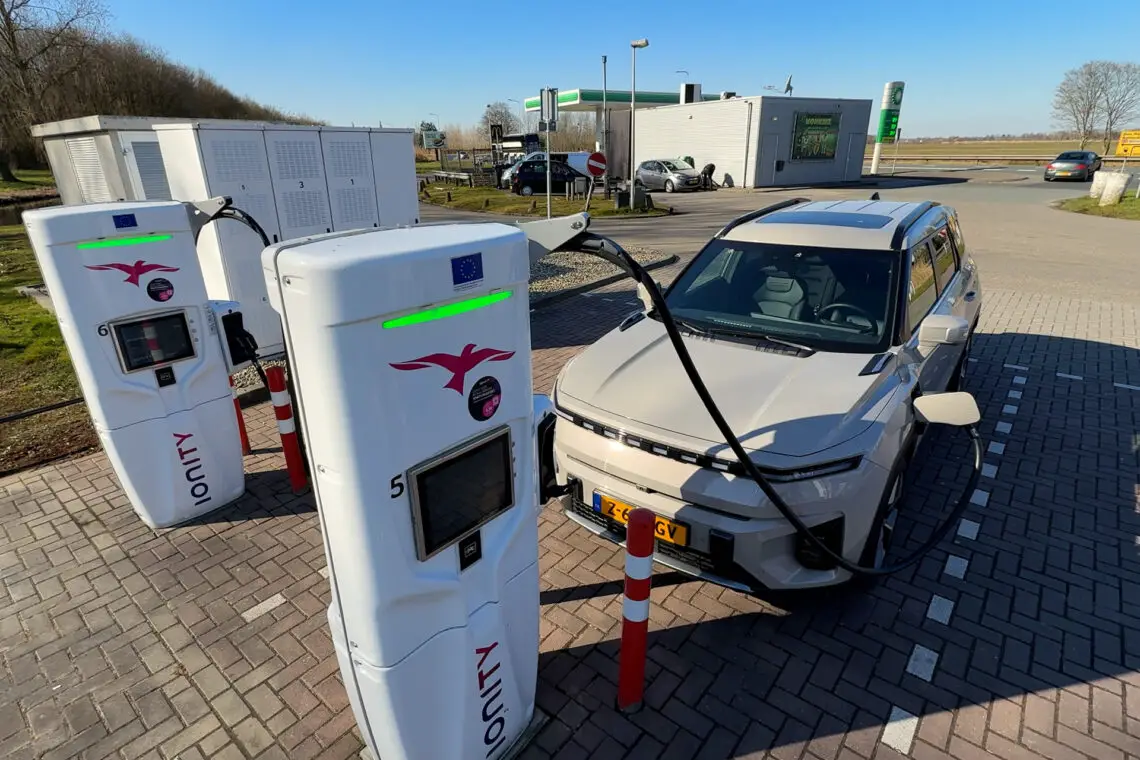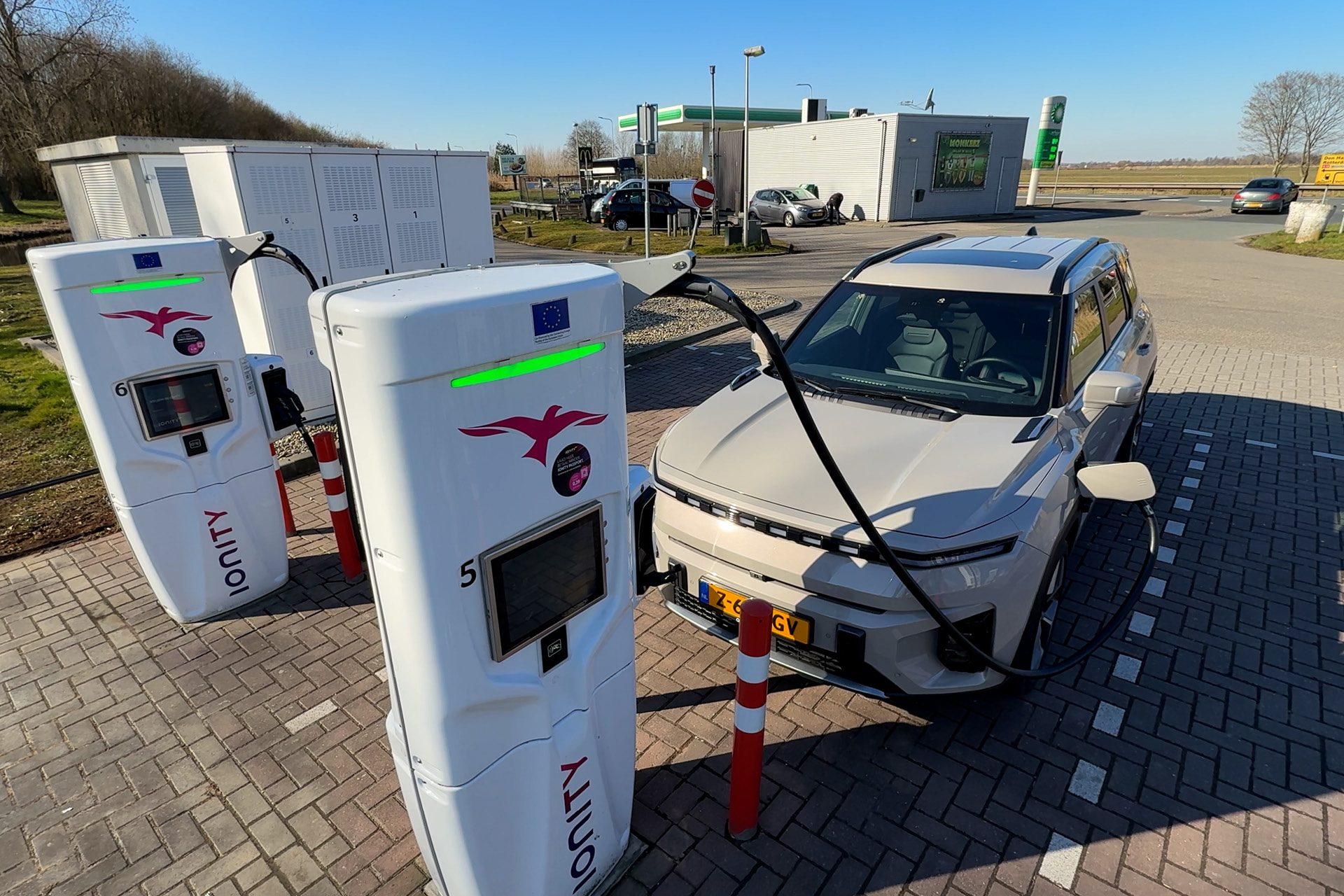What is the difference between AC charging and DC charging?
What is the difference between the meaning of AC and DC?
Let’s start at the beginning. AC stands for alternating current, or alternating current. This is the current you get from the wall outlet at home. The direction of this current changes continuously, hence the name. Alternating current can be transported efficiently over long distances, making it suitable for our power grid. What is the difference between AC charging and DC charging? DC means direct current, or direct current. Unlike AC, this current moves in only one direction. Batteries and accumulators, such as those in your electric car, operate on this form of current.
What form does your electric car assume?
Electric cars cannot handle AC power directly. Therefore, there is an inverter in every EV that converts AC power from the grid into DC power for the battery pack. This conversion takes time and energy. That’s why AC charging is relatively slow and with modest charging power. With DC charging, also known as fast charging, the alternating current has already been converted into direct current before the charging process. The current then no longer has to pass through the car’s internal inverter, making the charging process much faster.
How fast is AC charging in practice?
The speed of AC charging depends on the type of connection. With a standard outlet, the capacity is 2.3 kilowatts. A public charging station or a home charger usually has a capacity of 11 kilowatts. This allows you to fully charge your EV in about 6 to 8 hours. AC charging is thus especially suitable for times when the car is parked for longer periods of time, such as at home or at work.

Why is DC charging faster?
With DC charging, fast charging, the car is charged to 80% in many cases within a time frame of 15 to 40 minutes. This is considerably faster than AC charging. Exactly how fast depends on the charging capacity of the fast charger and your electric car. Not every EV can fast charge at the same speed. A fast charger is especially useful on the road, for example along the highway or at a fast charging station, when you want to get back on the road quickly.
What is the difference in cost between AC and DC?
The cost per kilowatt hour varies considerably by charging method. Home charging via an AC charger is usually the most economical. You then simply pay the electricity rate of your own energy supplier, which is usually somewhere between 0.20 and 0.35 euros per kilowatt hour.
At public charging stations, you pay on average between 0.30 and 0.60 euros per kilowatt hour, depending on the provider and location. Fast charging via a DC charger is by definition more expensive. Here the rates range from 0.60 to even 0.90 euros per kilowatt hour. Yet you can save on this by using charging cards or subscriptions that offer discounts on standard rates.
Why fast charging up to 80% is sufficient
An important tip for fast charging is to stop at 80% battery charge. From that point on, the system automatically reduces the charging capacity to protect the battery pack from overheating. This makes charging slower and thus takes longer.
You can compare it to pouring a glass of water. If you do it slowly according to AC charging, the glass fills up gradually without spilling. If you pour it full quickly, as in fast charging, it fills up at lightning speed at first, but at the end you still have to slow down to prevent it from overflowing. This is exactly how it works with EV battery charging: the fuller the battery, the slower the charging goes, especially with fast charging.

Smart charging pays off
What is the difference between AC charging and DC charging? So you can charge slowly and cheaply via AC, or quickly but expensively via DC. By being aware of the difference, you avoid unnecessary costs and also extend the life of your battery. It is wise to use AC charging when you have the time, such as at home or at work. Use DC charging mainly when you’re on the road and want to get going quickly. With fast charging, try to stop at 80% to save time and money. In addition, check your rates and consider using a charging card for extra benefits. That way you’re not only charging smart, but also inexpensive and battery-friendly.

